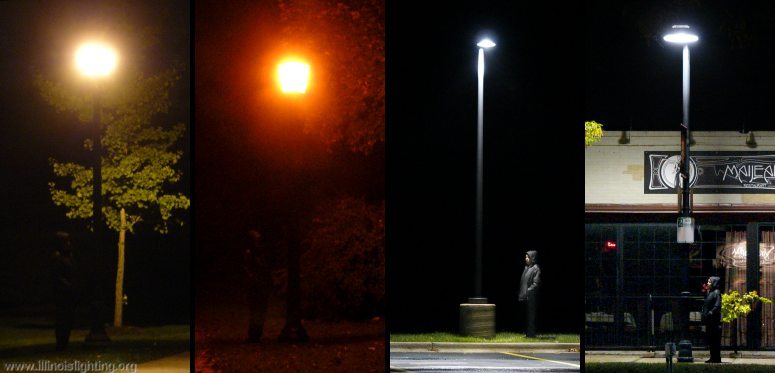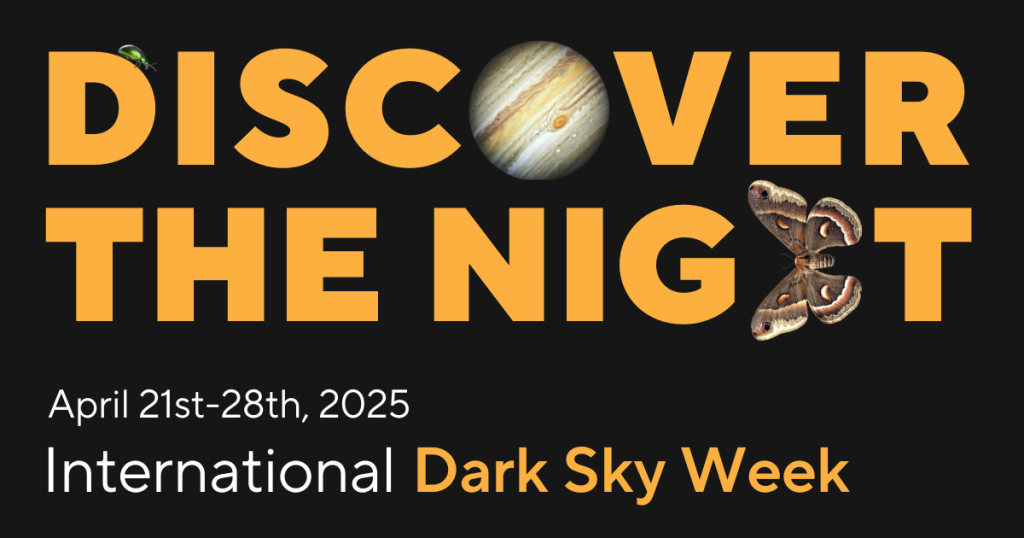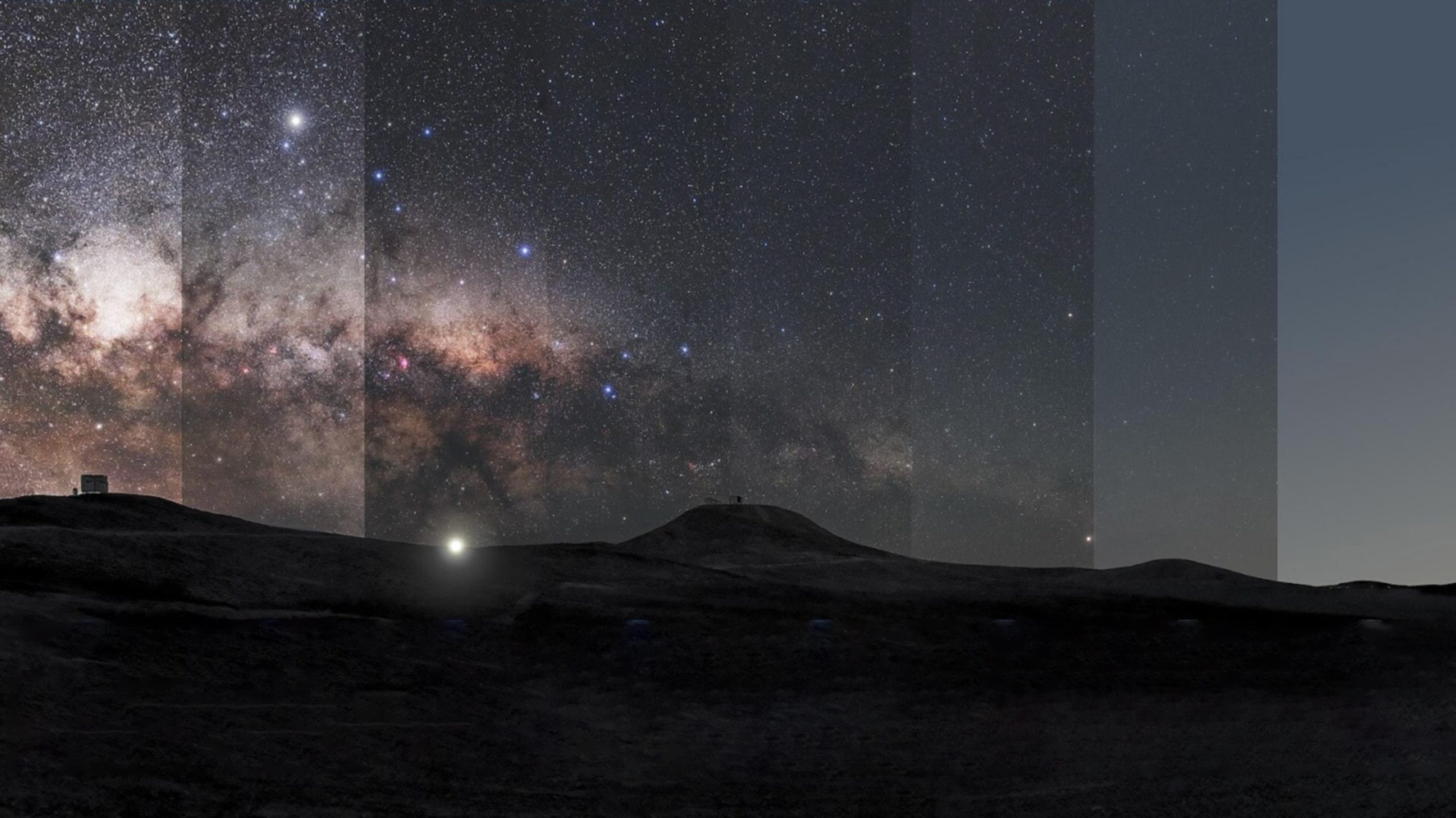From home lighting choices to city-wide proclamations, learn how our community can protect the night for people, wildlife, and future stargazers.
When was the last time you saw the Milky Way stretch across the sky from your backyard? Can your kids name a constellation they’ve seen with their own eyes? In the Wenatchee Valley—surrounded by wild places—rivers, mountains, lakes and more—we should have some of the best stargazing in the world. But growing light pollution from street lamps, housing developments, and commercial lighting is making that harder every year. As the glow from our towns spreads into the foothills and forests, we’re not just losing stars—we’re losing part of what makes this place special.
The Ecological and Cultural Significance of Dark Skies
Preserving dark skies is vital not only for astronomical observations but also for maintaining ecological balance. Many species rely on natural light cycles for navigation, reproduction, and feeding. Artificial lighting can disrupt these patterns, leading to adverse effects on wildlife.
Culturally, dark skies have inspired countless myths, art, and scientific discoveries. They connect us to our ancestors, who navigated and told stories based on the stars. By protecting our night skies, we preserve this rich heritage for future generations.
Night skies are brightening on average 10% annually. Doubling every 8 years.
Only 2 out of 10 people worldwide can see the Milky Way at their home.
Science.org
Brighter Isn’t Always Better: Rethinking Safety and Light
A common defense of over-lit homes and streets is that more light equals more safety. But the truth is, well-designed lighting—not more lighting—is what keeps us safer.
Motion-sensor lights provide illumination only when needed, deterring trespassers more effectively than always-on fixtures. They also save energy, reduce costs, and cut down on unnecessary skyglow.
Improperly shielded lights can cause glare (which reduces visibility) and light trespass (unwanted light spilling into homes or wild areas). In some cases, over-lighting actually makes it harder to see potential hazards or people.
Take a look at the photos below. In all four, someone is standing under the light—but you can only see them in two. In the others, glare hides them from view. The takeaway? Light should work for us, not against us.

Understanding Light Pollution in the Wenatchee Valley
While light pollution is a global issue, its effects are felt right here at home. In a region known for its sweeping views and starry nights, the gradual brightening of our skies often goes unnoticed—until we realize what we’re missing. From Cashmere to Lake Wenatchee, artificial light is increasingly washing out the stars and altering the nighttime environment for people and wildlife alike.

Light pollution, the excessive or misdirected artificial light produced by human activities, diminishes our ability to observe celestial wonders and negatively impacts local ecosystems. In the Wenatchee Valley, areas such as Lake Wenatchee have been recognized for their minimal light pollution (between 2 and 3 on the scale above), offering near-pristine stargazing experiences. However, increasing urban development poses a threat to these dark sky areas as we can see below in a map of the light pollution in Wenatchee (between 6 and 7 on the Bortles Scale).


But the loss of our night sky is not inevitable. Flagstaff, AZ—with a population nearly the twice the size of Wenatchee and East Wenatchee combined, made a commitment to recovering and preserving its dark skies and in 2001, it became the first International Dark Sky City.
The Path Toward a Darker Night Sky Starts in Our Backyards
Local initiatives have begun addressing these concerns. For instance, Dark Sky Advocate, Paul Tomas recently presented “Our Valley, Our Light Pollution” and later addressed questions on how community lighting choices affect the valley’s nightscape. Such conversations are crucial for fostering community awareness and action. Tomas is planning to work with other organizations and cities in Chelan County to further awareness of this issue.
Leavenworth Recognizes International Dark Sky Week
At the April 8th City Council Meeting, in the self-proclaimed Village of Lights, Mayor Carl Florea read a ceremonial proclamation recognizing International Dark Sky Week in Leavenworth. Tomas was also on hand to share the events of week.
This marks a meaningful step in raising awareness and fostering engagement around preserving our night skies, if Leavenworth can do it, there shouldn’t be any excuse why other towns/cities can’t recognize this.
-Paul Tomas, Wenatchee Valley Astronomy Club, Dark Sky Advocate
Unlike some problems that seem overwhelming, there are many things each of us can do to work towards achieving darker night skies.
Look at Your Own Outdoor Lights.
Look at your own property, your own street, your own friends. There are 5 lighting principles to help you evaluate your own lights and those in your neighborhood and ensure you have responsible outdoor lighting. When evaluating a light source ask yourself:
1. Is it useful?
Use light only if it is needed. All light should have a clear purpose. Consider how the use of light will impact the area, including wildlife and their habitats.
2. Is it targeted?
Direct light so it falls only where it is needed. Use shielding and careful aiming to target the direction of the light beam so that it points downward and does not spill beyond where it is needed.
3. Is it low-level?
Lights should be no brighter than necessary. Use the lowest light level required. Be mindful of surface conditions, as some surfaces may reflect more light into the night sky than intended.
4. Is it controlled?
Use controls such as timers or motion detectors to ensure that light is available when it is needed, dimmed when possible, and turned off when not needed.
5. Is the color “warm”?
Use warmer color lights where possible. Limit the amount of shorter wavelength (blue-violet) light.
Here’s a visual to help clarify these principles.

Check out the DarkSky resources on advancing outdoor lighting.
Engage with local Astronomy Groups and Learn More About the Night Sky
Engaging with local astronomy groups and participating in upcoming events can enrich your stargazing experience and deepen your understanding of the cosmos. The Wenatchee Valley Astronomy Club is a great place to start. This community brings together individuals interested in astronomy and astrophotography. They maintain an active presence on Facebook, where members share knowledge, organize events, and discuss celestial phenomena. From public stargazing nights to online conversations, the club offers an open door to anyone curious about the universe above.

International Dark Sky Week 2025: What to Know and Do
International Dark Sky Week (April 21–28, 2025) invites us to pause and ask: What are we giving up when we over-light our nights, and what can we do to bring the stars back? Next week is our chance to shine a light—ironically—on the growing impact of light pollution in our region. As development spreads across the valley, the once-brilliant night skies over areas like Lake Wenatchee and the Wenatchee Foothills are increasingly dimmed by excessive and misdirected artificial lighting.
This weeklong event is also a chance to reconnect—with the stars, with each other, and with the communities working to preserve our access to the night sky. By participating in International Dark Sky Week 2025, the Wenatchee Valley community can take meaningful steps toward preserving our natural nightscapes, ensuring that the wonders of the universe remain visible and inspiring for generations to come. Here are a few ways to get involved:
 Take the pledge This simple activity takes no time at all. Show the world your support for dark skies and the protection of nighttime environments by linking your name to the cause. |  Attend a stargazing party Just look up and enjoy the stars for a night at local dark sky spots like Lake Wenatchee or the Sage Hills. Watch for events from the Wenatchee Valley Astronomy Club—you can even find these events on the WenOut community calendar! |  Be the example Take a nighttime walk around your home. Are your outdoor lights shielded, low-level, and warm in color? Small tweaks—like adjusting the angle or adding a motion sensor—can make a big difference. |
 Talk with your neighbors Share why you care about dark skies and the simple changes that make a big difference. |  Promote responsible lighting Encourage residents and businesses to adopt dark-sky-friendly lighting fixtures that minimize glare and light spill. |  Advocate for change Work with local leaders to pass resolutions supporting dark sky initiatives, aligning with global efforts to reduce light pollution. You can even become an official DarkSky Advocate. |
DarkSky International offers a wealth of tools and guidance, including educational materials, event planning kits, and advocacy resources. Tapping into these can amplify our valley’s efforts and connect us with a global movement during Dark Sky Week 2025 and beyond.


